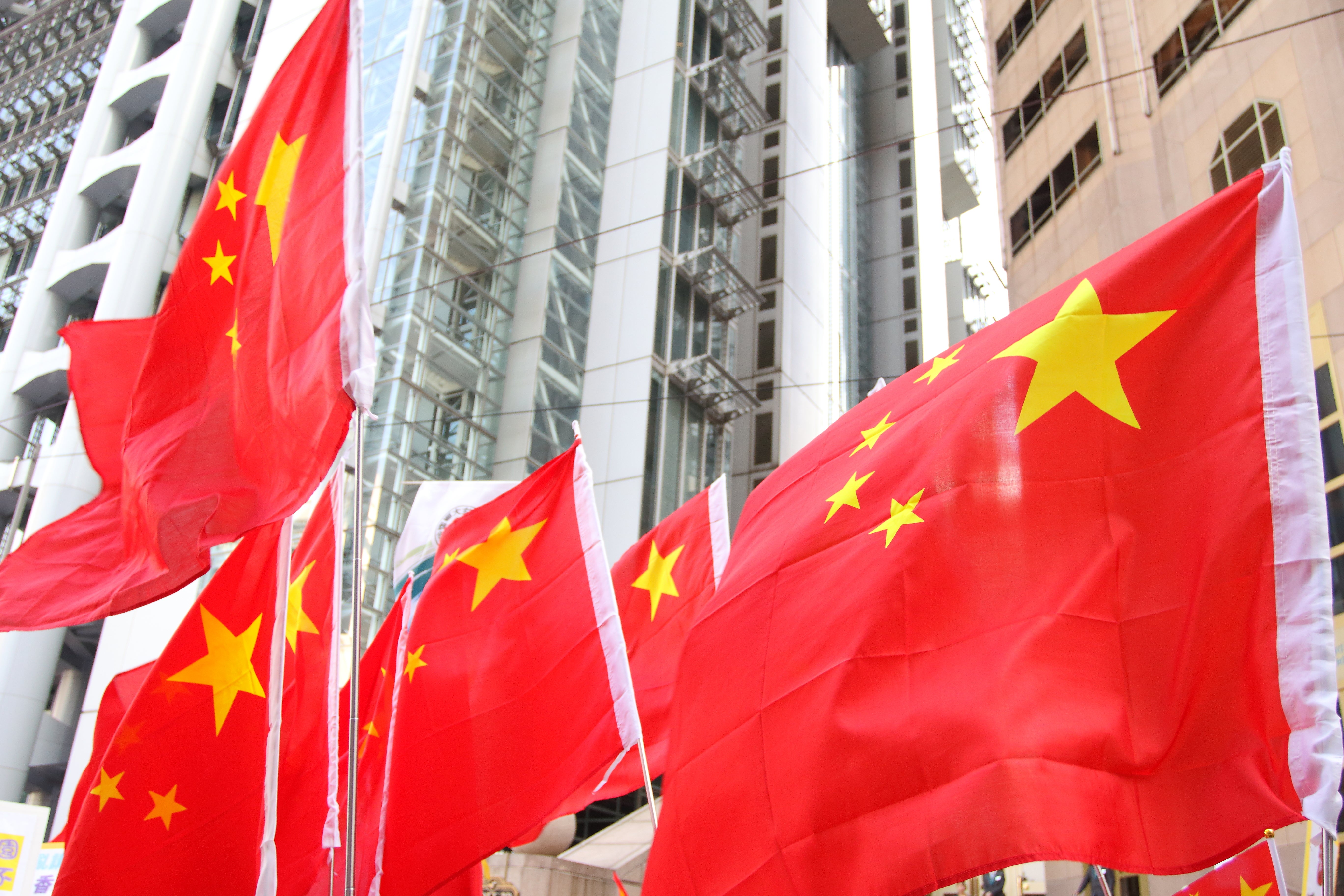China set out to close the gaps between it and the traditional world powers in the spheres of industry, science, and technology and achieved higher standards of development by the start of the 21st century. China’s new position in the international system as a result of this economic development has been closely linked to its focus on education. At the same time, it has created a strategy to intensify its cultural influence in regions that are important to its interests, such as Latin America.
The Free University of Berlin’s Pamela Arostica has carried out a study published in MADE IN CHI-LAT (the latest issue of the Integration & Trade Journal) that analyzes the education, research, and development policies that China has adopted as part of its transition towards the knowledge society. The study also examines the connection between this process and the unfolding of its cultural soft power in Latin America.
In recent years, China has implemented key policies in order to become an innovation-driven nation by 2020. Even though the United States and the European Union continue to rank highest at the international level in terms of investment in R&D in 2015, emerging countries are becoming increasingly competitive in this regard, and China tops this list. For example, the share of researchers from developing countries went from 30% in 2012 to 38% in 2007, and China accounted for two-thirds of this increase. Similarly, the share of publications produced by China has increased more than twofold over the same period, going from 5.2% to 10.6% (UNESCO, 2010). On the basis of the UNESCO study from 2015, four indicators reveal China’s steady progress: its growing share in global GDP, national gross expenditure on R&D (GERD), number of researchers, and number of publications.
Download the complete article here: MADE IN CHI-LAT.




